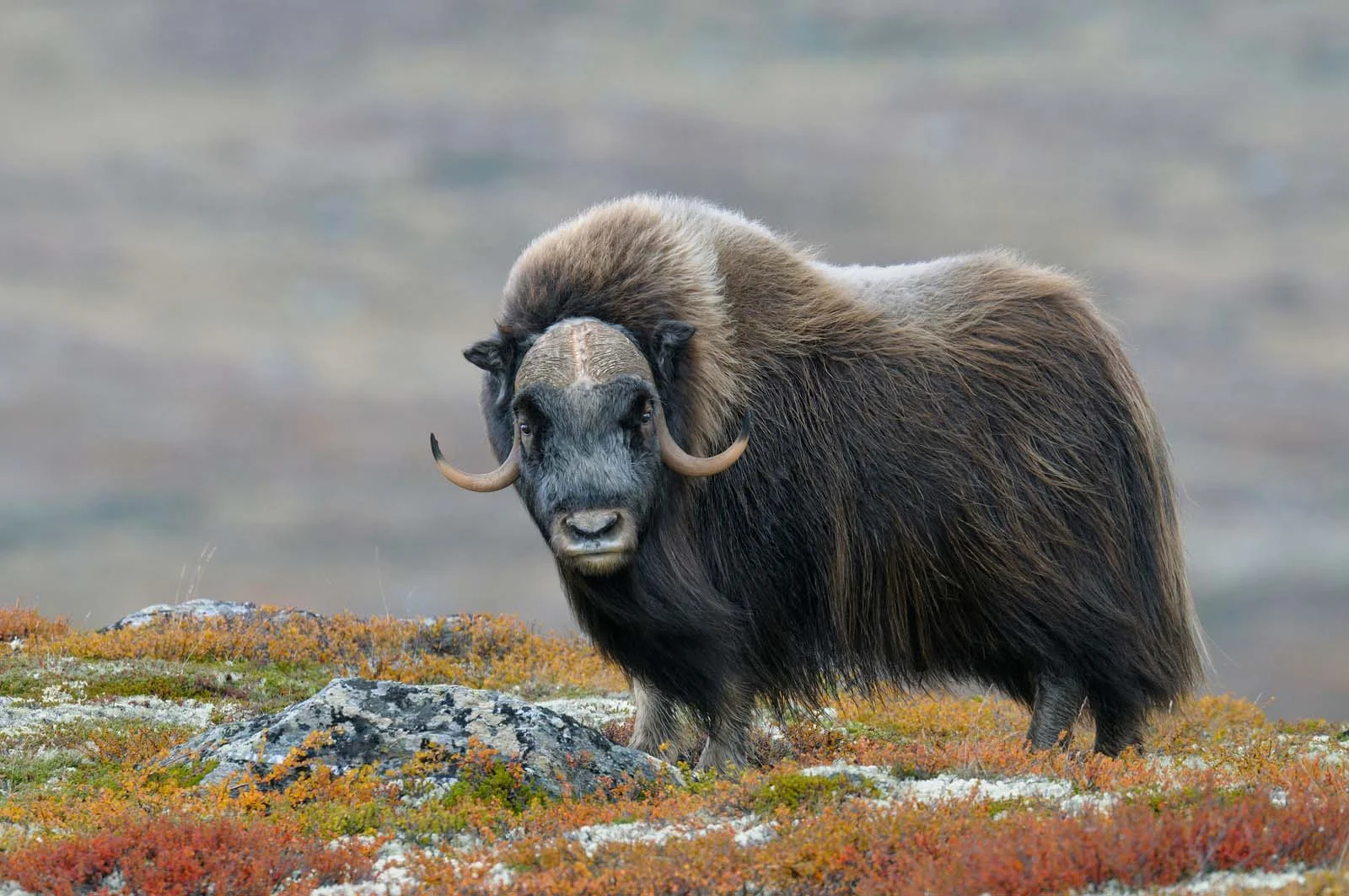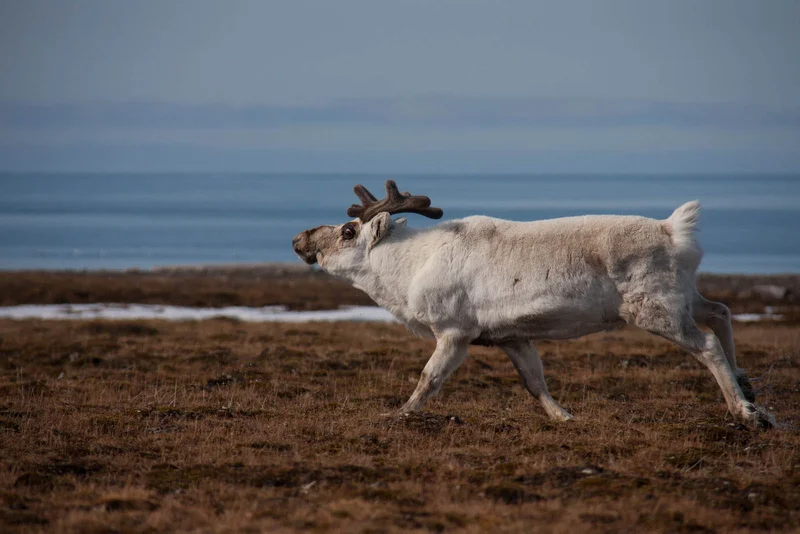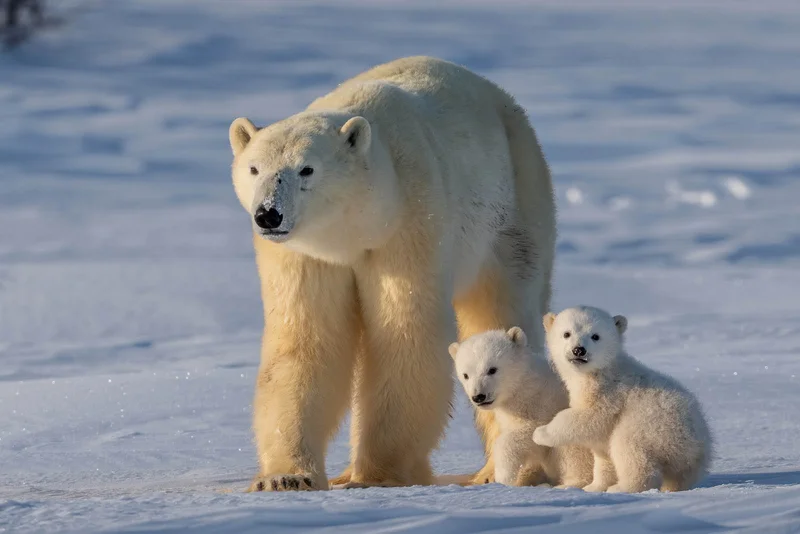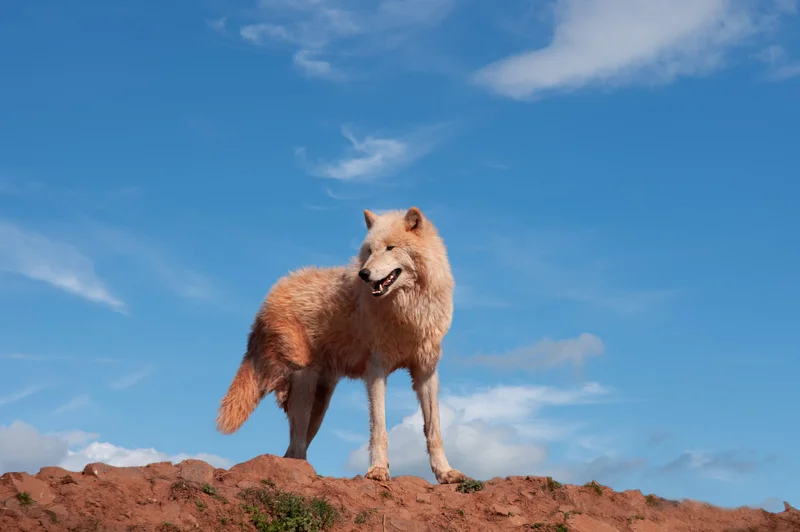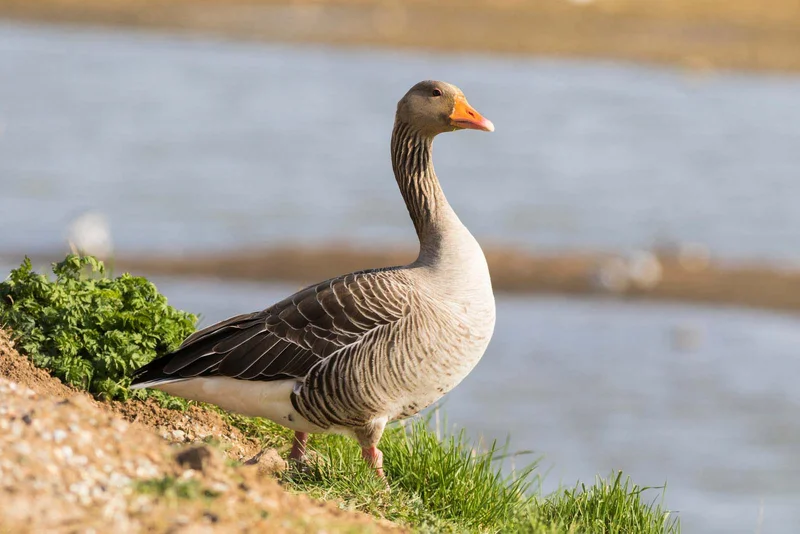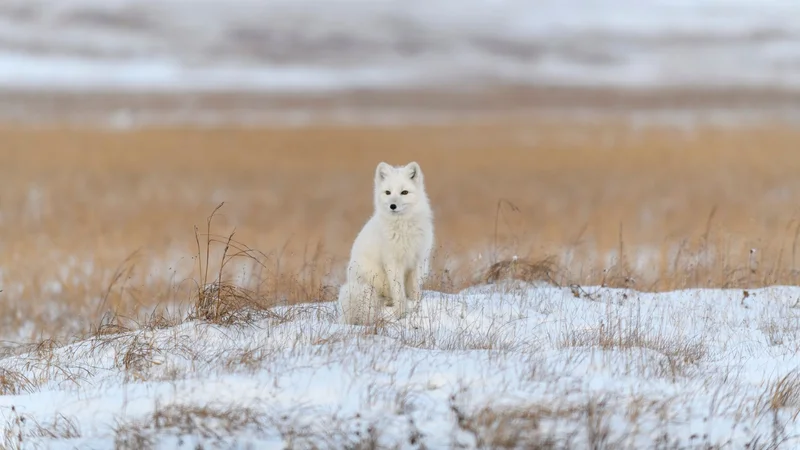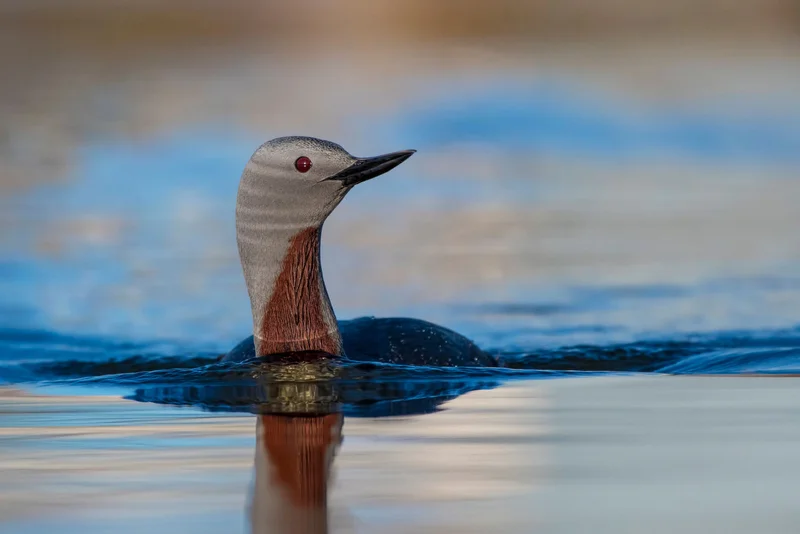Essential Musk Ox Information
The Musk Ox is a remarkable arctic mammal, known for its thick, shaggy coat and strong musky scent emitted by males during mating season. Despite their name, musk oxen are actually more closely related to goats and sheep than to oxen or cattle. These prehistoric creatures have roamed the Earth since before the woolly mammoth and can be found primarily in the Canadian Arctic and northern Greenland.
Physical Characteristics
Musk oxen have large bodies, with males weighing up to 410 kg (900 lbs). Both males and females have long, curved horns, and their bodies are covered in a dense coat of brown, gray, and black hair, with outer hairs nearly reaching the ground. The coat provides excellent insulation in freezing temperatures, with the undercoat, known as *qiviut*, being finer, softer, and warmer than cashmere.
Habitat and Behavior
Musk oxen live in herds of 10 to 20 individuals. They move between summer and winter habitats, preferring wetter areas like river valleys in summer and higher, less snowy ground in winter. Their diet consists of grass, willow, moss, and lichens. During the mating season, males produce a strong musky odor to attract females. If the preceding winter is severe, females may not become fertile, resulting in fewer calves born the following year.
Conservation and Population
Musk oxen were once under threat from overhunting, but hunting bans implemented in the 20th century have helped stabilize and recover their population. Today, there are estimated to be around 100,000 musk oxen across the Arctic regions, with the North-East Greenland population being more approachable due to less hunting pressure.
Interesting Facts
- Prehistoric Species: Musk oxen have been around since before the woolly mammoth.
- Qiviut: Their undercoat, called *qiviut*, is softer and warmer than cashmere, and stronger than sheep’s wool.
- Musk Odor: Males emit a musky scent during mating season to attract females.
